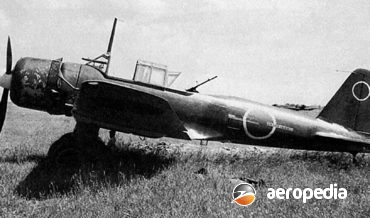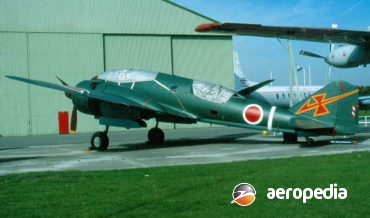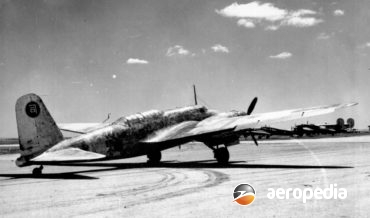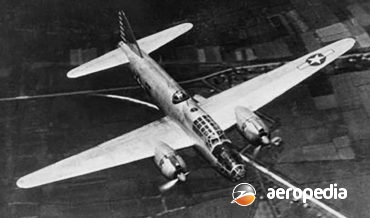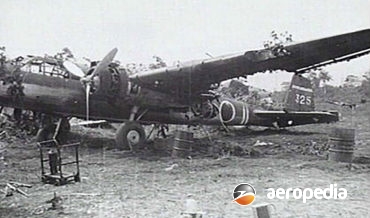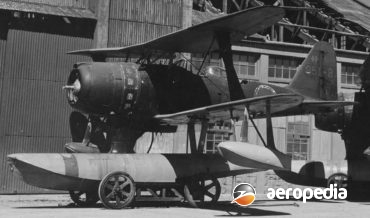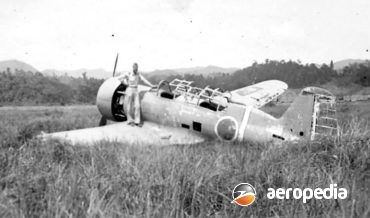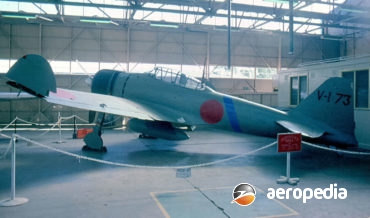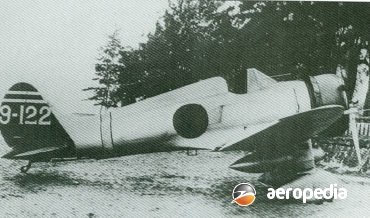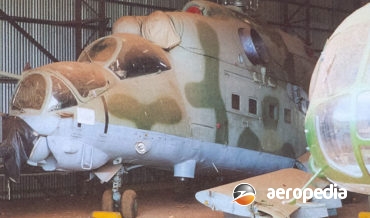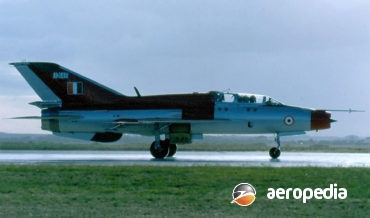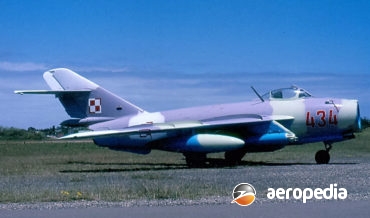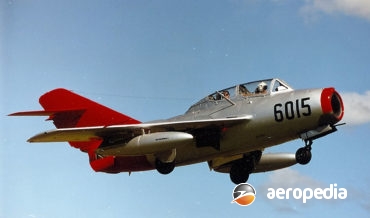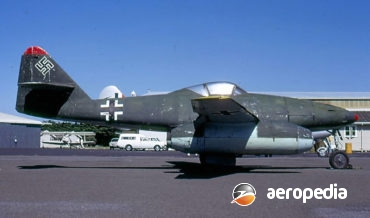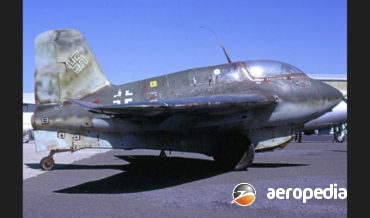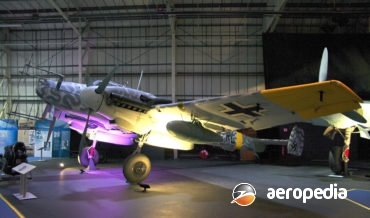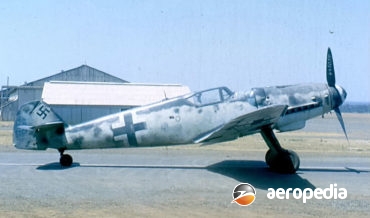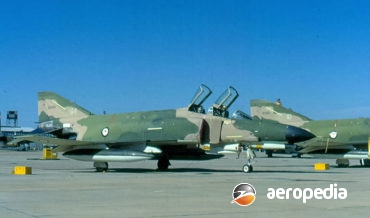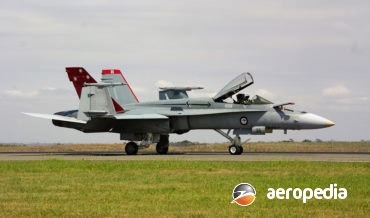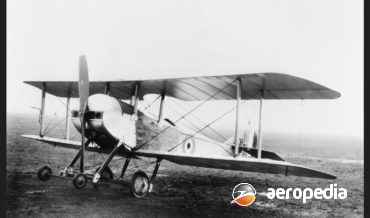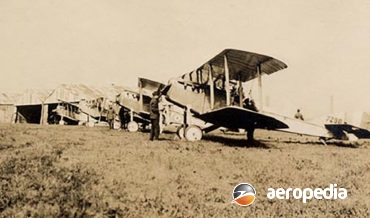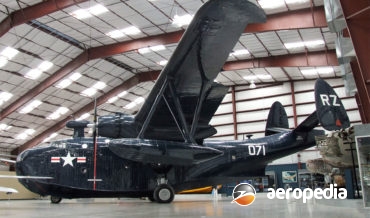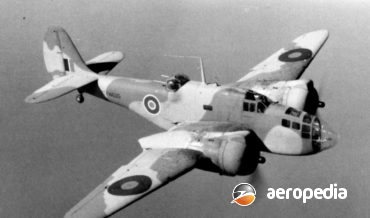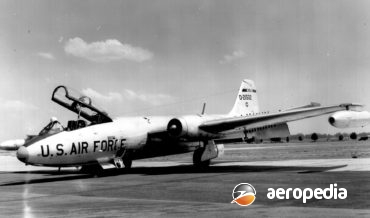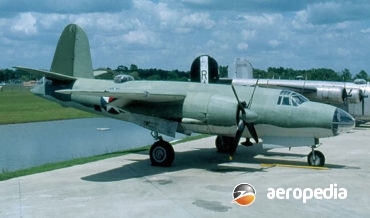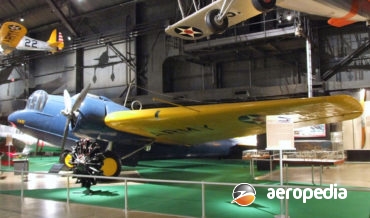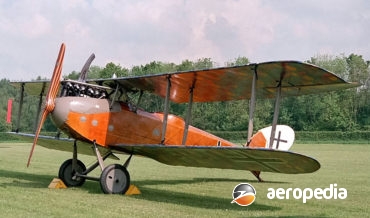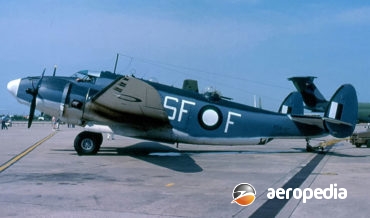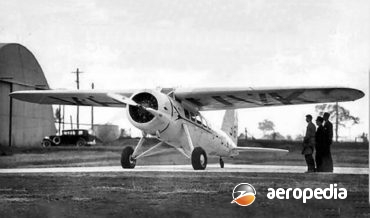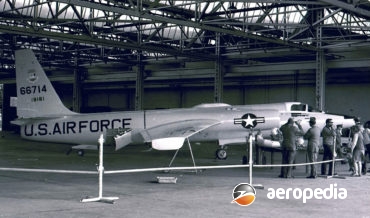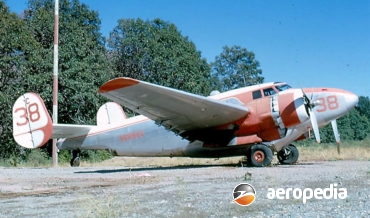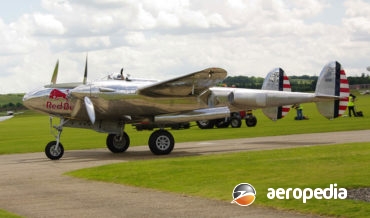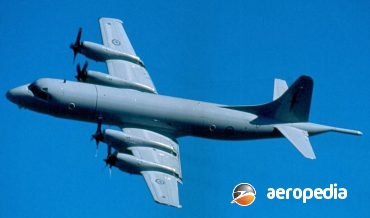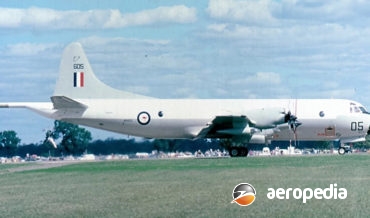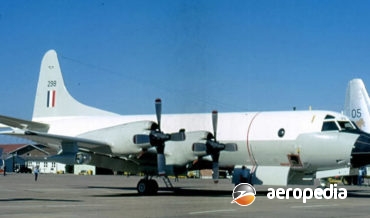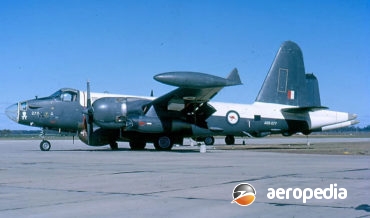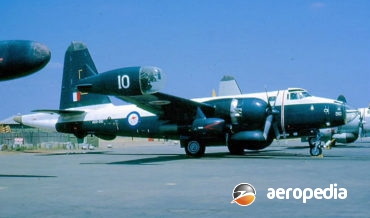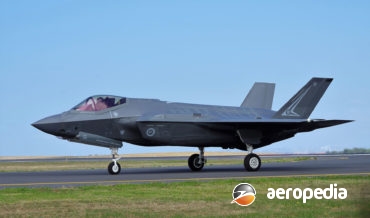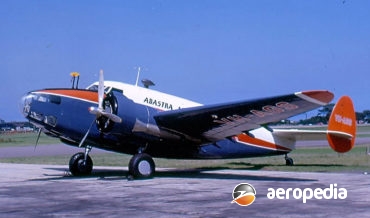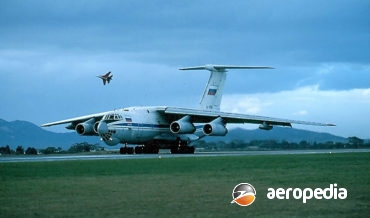All Contents
Contents
In December 1937 a specification was issued for a ground attack aircraft to be developed from the successful Ki-30 “Ann” light bomber and, designated Ki-51, and known to the allies as “Sonia”, the first or two prototypes was completed in June 1939, the second in August 1939.
David C. Eyre
- May 19, 2019
One of the most attractive aircraft to be operated during World War II, the Mitsubishi type 100 Command Reconnaissance Aircraft, or Ki-46, was designed by Tomio Kubo from the outset specifically for the strategic reconnaissance role and saw service throughout the Pacific, particularly over Malaya, the Dutch East Indies, New
David C. Eyre
- May 19, 2019
In 1936 the Japanese Air Headquarters issued a specification for a twin-engined monoplane heavy bomber and, to meet this requirement, a number of aircraft designs were proposed by Japanese manufacturers.
David C. Eyre
- May 19, 2019
The G4M1 type 1 Land Attack Aircraft Model 11 was encountered in the Pacific campaign by the allies in some numbers and is the most well known Japanese bomber.
David C. Eyre
- May 19, 2019
Designed by Sueo Honjo, and produced by Mitsubishi Jukogyo K K, the prototype G3M “Nell” powered by two 448 kw (600-hp) Hiro Type 91 liquid-cooled engines was flown in April 1935 and attained a maximum speed of 314 km/h (195 mph).
David C. Eyre
- May 19, 2019
In the 1930s, as part of its interest in the Pacific region, Japan saw the need for floatplanes to operate from sheltered waters of the south Pacific islands in its future campaigns.
David C. Eyre
- May 19, 2019
The Ki-15 /C5M series of light attack bombers stemmed from a private venture of the Mitsubishi Jukogyo concern in the 1930s to produce a modern stressed-skin construction long-range monoplane.
David C. Eyre
- May 19, 2019
In its day the Zero was the foremost carrier-based fighter aircraft, and early in World War II was the subject off a myth of invincibility in the air.
David C. Eyre
- May 19, 2019
The Mitsubishi A5M Type 96 Carrier Fighter began its operational career in September 1937 when aircraft of the Imperial Navy engaged aircraft of the Chinese Nationalist Government over the capital, Nanking.
David C. Eyre
- May 19, 2019
The Hind was a second-generation Soviet helicopter gunship which originally emerged as an heavily armed armoured transport capable of carrying a crew of four and eight assault troops.
David C. Eyre
- May 19, 2019
With more than 10,000 examples built, having served with more than 40 air forces world-wide, having been licence built in India, China, Poland and Czechoslovakia, the MiG 21 series (known by the NATO name Fishbed) has been one of the most widely used jet fighter aircraft of all time, and
David C. Eyre
- May 19, 2019
The MiG 17 was a total redesign of the MiG 15, some 6,000 being built in the Soviet Union, and large numbers were built under licence in Poland (as the Lim 5), China (as the J-5, J-5A and JJ-5), and Czechoslovakia.
David C. Eyre
- May 19, 2019
The name MiG is made up of the last two names of the two men who for many years headed the design bureau of that name, Artem Ivanovich Mikoyan and Mikhail Iosifovich Gurevich.
David C. Eyre
- May 19, 2019
Known as the Schwalbe (Swallow), or Sturmvogel (storm petrel) the Me 262 was unquestionably the foremost fighter of its day, with a heavy armament, and a performance far superior to any aircraft available to the Allies during the latter stages of World War II.
David C. Eyre
- May 19, 2019
The result of a lengthy development period, the Messerschmitt Me 163, designed by Professor Alexander Lippisch, entered service, as did a number of other German designs, too late to have any real effect on the outcome of World War II.
David C. Eyre
- May 19, 2019
The prototype of the Messerschmitt Bf 110 (Bf 110V-1 – D-AHOA) series made its first flight on 12 May 1936 in the hands of Bayerische Flugzeugwerke A-G test pilot Hermann Wurster.
David C. Eyre
- May 19, 2019
The Messerschmitt Bf 109, the most important Luftwaffe fighter of World War II, was produced in larger numbers than any other fighter aircraft ever built, some 33,000 odd being completed.
David C. Eyre
- May 19, 2019
For many years The Phantom II was one of the most important aircraft in the western world’s inventory, but has been phased out of major service. In all 5,201 airframes had been completed by the time production ceased in 1981.
David C. Eyre
- May 19, 2019
The origins of the F/A-18 Hornet stem from the design by Northrop in the late 1960s of the P-530 Cobra.
David C. Eyre
- May 19, 2019
The Martinsyde S.1 was a single-seat biplane scout operated mainly in the European theatre.
David C. Eyre
- May 19, 2019
Prior to World War I George Handasyde and Paul Martin built a number of designs of other manufacturers, eventually becoming a major supplier of fighting aircraft to the allies during World War I.
David C. Eyre
- May 19, 2019
The Mariner was designed and built by the Glenn L Martin Company of Baltimore, Maryland, to meet a requirement of the US Navy for a long-range patrol flying-boat.
David C. Eyre
- May 19, 2019
The Baltimore was a development by Glen L Martin & Co of the Martin 167, which saw service with the RAF and SAAF as the Maryland.
David C. Eyre
- May 19, 2019
Following the outbreak of the Korean War in 1950, the USAF found it was in need of a medium bomber and, as designs of bombers by Martin and North American were a long way from introduction to service, the decision was made to build the English Electric Canberra under licence,
David C. Eyre
- May 19, 2019
In July 1939 Glenn L Martin Co submitted its Martin 179 design to the US Army Board and received a contract for 201 examples of a radical new bomber designed by Peyton M Magruder.
David C. Eyre
- May 19, 2019
The Martin Model 123 was designed and built as a private venture, this being an attempt by Glenn L Martin Co to obtain contracts from the US Army for an aircraft to be involved in early bomb-dropping experiments.
David C. Eyre
- May 19, 2019
The LVG series of aircraft was designed by Franz Schneider, and developed by Luft-Verkehrs Gesellschaft Johannistal (LVG), this company producing a series of unarmed reconnaissance and bomber aircraft during World War I, aircraft in this series forming part of the equipment of the German air force units at the outbreak
David C. Eyre
- May 19, 2019
In June 1940 The Vega Aircraft Division of the Lockheed Aircraft Corp at Burbank, California, was awarded a contract by the British Purchasing Commission to supply 875 examples of a new bomber derived from the Lockheed 18 airliner.
David C. Eyre
- May 19, 2019
The prototype of the Lockheed Vega, powered by a 168 kw (225-hp) Wright J-5 radial engine, was flown for the first time on 4 July 1927. A Vega was the first aircraft to fly over both the north and south pole.
David C. Eyre
- May 19, 2019
One of the most notorious research aircraft, the Lockheed U-2 series has become known in the media over the years as a “spy” aircraft, one example flown by Frances Cary Powers having been shot down on such a mission over the Soviet Union.
David C. Eyre
- May 19, 2019
Following the success of the PV-1 Ventura, the chief engineer of Lockheed Vega commenced work on development of a new variant to meet USN requirements, this model, the PV-2 Harpoon, having an increased wingspan, a re-designed tail, an increase in fuel capacity and an increase in all up weight.
David C. Eyre
- May 19, 2019
In 1937 the team of Hal Hibbard and Clarence “Kelly” Johnson commenced the design of a new twin-engine fighter for the USAAF powered by two 858 kw (1,150-hp) Allison V-1710-C engines fitted with the General Electric turbo-supercharger, featuring twin-booms, a tricycle undercarriage, and cannon armament.
David C. Eyre
- May 19, 2019
The Orion has been described as arguably the most versatile tool in the RNZAF inventory. The process of the RNZAF obtaining the Orion commenced on 24 March 1964 when the New Zealand Minister of defence announced approval in principle for the purchase of five P-3A Orion aircraft to replace the
David C. Eyre
- May 19, 2019
In 1970 the Model P-3C appeared with new technology weapon systems, and a digital computer to ease the workload for the ten man crew, five of whom were housed in the tactical compartment.
David C. Eyre
- May 19, 2019
Developed as a successor to the Lockheed P2V Neptune maritime patrol bomber from the Lockheed L-188 Electra commercial transport, the prototype YP3V-1 Orion (148276), which had a fuselage 2.1 m (7 ft) shorter than the commercial aircraft, was flown for the first time on 25 November 1959.
David C. Eyre
- May 19, 2019
The P2V-7 was a development of the earlier versions, and was the last model built, some 726 being delivered from Lockheed’s plant at Burbank between the first flight on 26 April 1954 and April 1962.
David C. Eyre
- May 19, 2019
In April 1944 the US Navy placed a contract for two prototypes of the Neptune long-range patrol bomber, designated SP2V-1. The prototype XP2V-1 (BuAer 48237) was rolled out at the company’s Burbank, California facility in May 1945, making its first flight on 17 May. The initial production model was
David C. Eyre
- May 19, 2019
The Lockheed Martin F-35 – or the Joint Strike Fighter as it was initially known - represents potentially the single largess and most ambitious military aircraft development for many years and is aimed at providing one aircraft to meet the requirements of a number of military services.
David C. Eyre
- May 19, 2019
Originally required as a navigation trainer for the RAF, the military conversion of the eleven-passenger Lockheed Model 14 Super Electra promised so much in performance that the decision was made in 1938 to order the type for the RAF off the drawing board as the Model 214 Hudson.
David C. Eyre
- May 19, 2019
The Candid military and civil freighter, as it became known by NATO, was designed by the Sergei Ilyushin Bureau under the leadership of Gerikh Novozhilov.
David C. Eyre
- May 19, 2019
Recent Comments
Archives
Categories
- No categories
Categories
- No categories
Latest Posts
Newsletter

